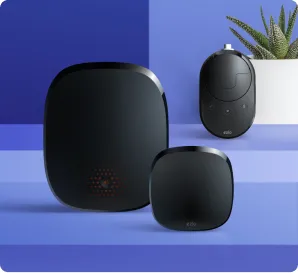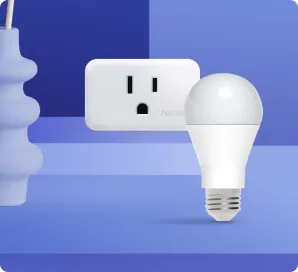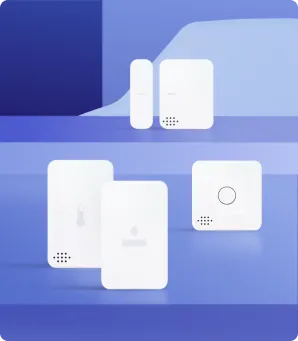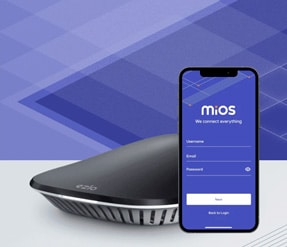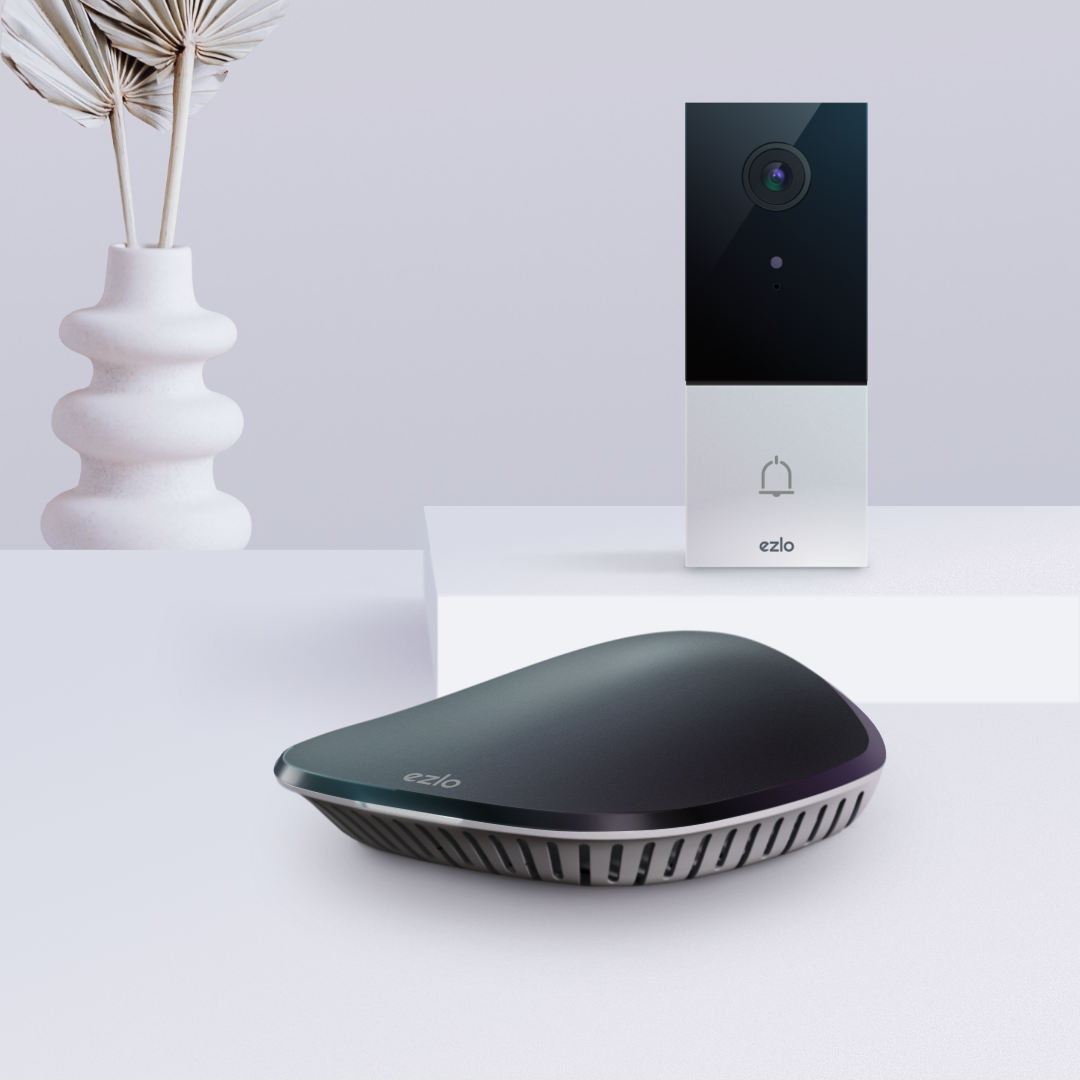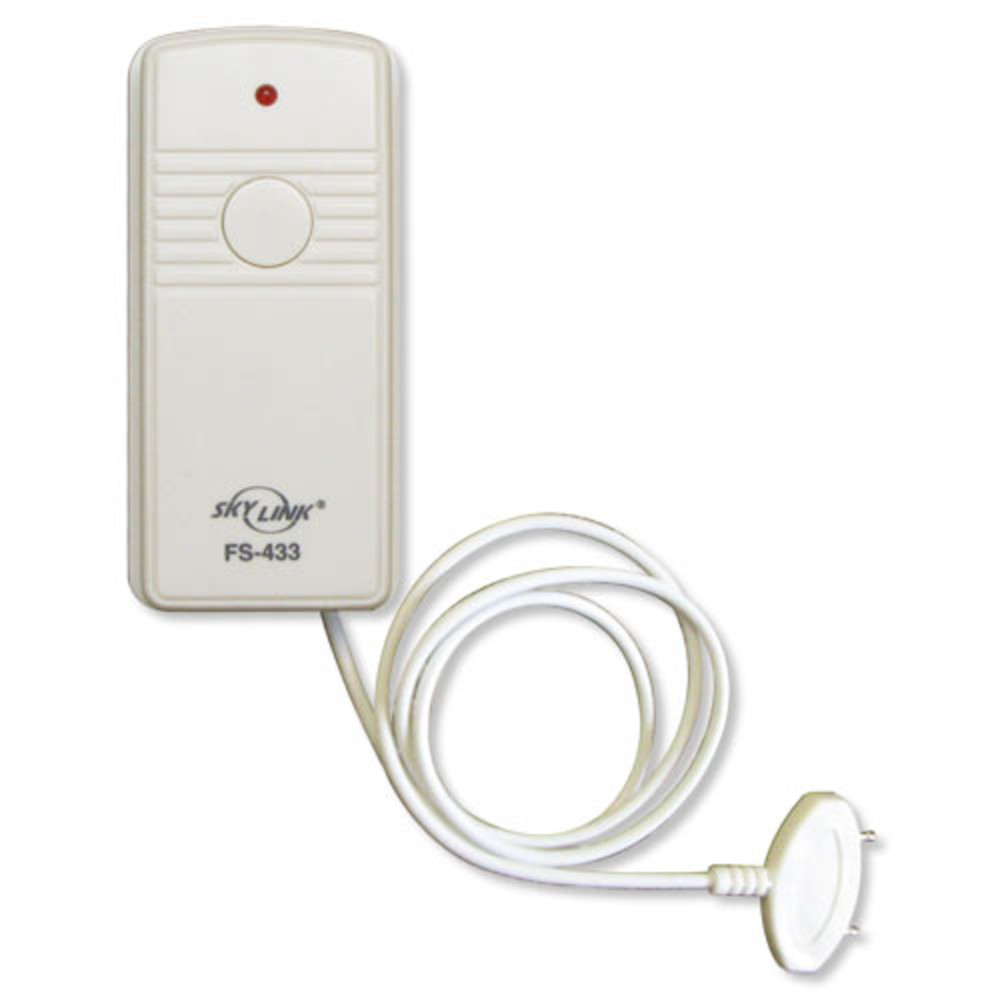Common smart home products in a home security store
Products to make your home safe are more accessible than ever before. They are cheaper and easier to install with many claiming to be DIY friendly. And they are. From the entry point of your home to the basement, there exist smart products designed for safe and easy living.
Here are some smart home security products you can expect to find in a home security store, starting from the front door:
Doorbell cameras
Ever wanted to see who’s at your front door without getting up? This is for you. Not only can you see someone standing outside your door, but you can also talk to them. Most doorbell cameras come with a two-way talk feature enabling you to converse with the visitor/intruder.
Motion sensor-equipped doorbell cameras begin recording from the moment movement is seen. They can send push notifications to your phone and alert you to the presence of a person or package at your door.
A 155-180 degree field of view is common among doorbell cameras with a 5 to 50 feet view distance. Doorbell cameras with a wider field of view can also function as an outdoor security camera to monitor the compound area. Night vision features mean you’re never in the dark about who’s moving about your front door.
You can expect to pay about $150 for some of the more decent smart doorbell cameras out there at your home security store. If your doorbell camera does not cover the whole yard, your home security store can recommend a suitable outdoor security camera.
Smart locks
Offering innovative ways to access your home, these come in at the $200-$300 price range at a home security store for a reasonably featured smart gadget. Smart locks are locks that you can control remotely using an app. Access is possible using your fingerprint, a key fob, the app, or a digital key.
This makes it easier to share keys and not have to carry physical keys around. For example, you email a digital key code to someone who can then enter your house when you are not there. You can deactivate the digital key afterward.
Some have anti theft features that blare an alarm if the lock is tampered with. Be sure to ask your home security store for advice about their smart locks’ ANSI/BHMA robustness rating.
Indoor cameras
Common inside security-conscious homes, indoor cameras capture footage of the goings-on inside the house. You get to see what the nanny, the baby, the dog, or the empty house are doing. With face tagging, you know their locations within the house and are alerted when an unauthorised person is inside. Your home security store may have live demonstrations of how these features work.
Motion detectors enable the camera to track and begin to record movement. Indoor security cameras with audio monitoring can scan for loud and suspicious noises. Cloud storage helps you record as much footage as you want.
With real-time remote viewing, indoor cameras are your eyes and ears when you’re away. See if your home security store carries a good range of indoor cameras, a decent budget pick can go for as low as $40.
Smart Sensors
Your home security store should have fire and carbon monoxide sensors, leak/moisture detection, and door and window sensors. These allow you to keep your home safe from threats you may not be able to sense.
According to data from the CDC, 430 people die every year from accidental carbon monoxide poisoning. A further 50,000 are hospitalised for the same.
The number 2 home insurance claim is water and freezing damage. Leakage and moisture detection can warn you if your home is at risk. These sensors are placed around water heaters, refrigerators, sump pumps, or anything that poses a leak risk.
Door and window sensors ensure you can feel safe at night without having to go up and down your house checking to see if all doors and windows are closed.
Sensors at your home security store can go for as low as $20.
Ask your home security store about the IoT (Internet of Things)
Having a bevy of clever devices from your home security store does not complete the smart home. For that, you need a central monitoring and control unit. A device that gives you access to all your smart gadgets on one screen. The Internet of Things is what makes this possible.
The IoT is a system where multiple devices are interconnected. In this case, it’s your home security system. Some smart home security systems come with a subscription-based model offered by security companies like Honeywell and ADT.
Professional monitoring fees for smart security devices can range from $19.99 to $47.99. Depending on the service you pick. Be careful when choosing because some smart devices have features locked behind paywalls. A subscription is required. Your home security store will be able to tell you which is which.
You must also be aware of the compatibility problem in smart homes. The smart home ecosystem is a jungle of different products using different protocols. This is frustrating for consumers shopping at their home security store. Many are not technologically savvy enough to know what works well together.
Your home security store should have expert advice on what devices mesh well together as well as installation advice for those DIYers out there.

